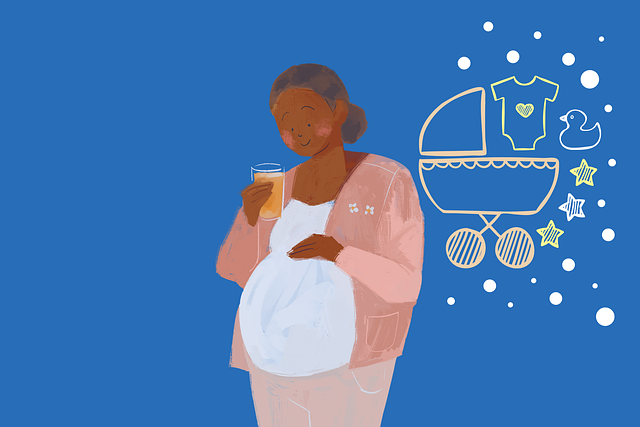As the final year of high school unfolds, both students and their parents often find themselves grappling with a whirlwind of emotions—ranging from sadness and excitement to anxiety and joy. However, amidst these feelings lies a practical concern: planning for the future. In a typical New Jersey community with a sizable public high school, around 95% of graduates pursue higher education, with approximately 88% opting for four-year institutions. Given our proximity to Rutgers University, about 20% of the graduating class will choose to attend there, often residing on campus despite it being just a 15-minute drive away.
My daughter, like many of her peers, is applying to ten four-year colleges, which include a mix of public and private institutions. She has categorized her choices into “safety” schools—where her GPA and ACT scores exceed the average admissions criteria—“target” schools, where her scores align with those of accepted students, and “reach” schools, where her academic metrics fall below the typical thresholds. For each institution, regardless of its classification, I consistently ask, “Would you be content attending this school?” It’s crucial for her to recognize that safety schools can also be viable options, as many students ultimately find themselves enrolled in those institutions.
While some reach schools may yield positive outcomes, the experience of my older daughter serves as a testament to this. She gained admission to one of her reach schools—a surprise given my initial skepticism about her chances. This application, made on a whim due to a fascinating program, led to a thick acceptance envelope arriving on a snowy winter’s day. We hadn’t even toured the campus prior to her application. After visiting six weeks later, she instantly fell in love with the school.
My younger daughter has selected three reach schools, and while I remind her of the challenges in gaining admission, I also encourage her to apply. The application fees, ranging from $30 to $65 for eight of her chosen colleges, may accumulate to several hundred dollars; however, I believe it’s best to eliminate any doubts about potential acceptance.
We have set a goal for her to complete all applications by October. Eight of the ten institutions offer early action, meaning she will receive decisions by February, with the remaining two following in March or April. To meet application deadlines, all materials—including transcripts and letters of recommendation—must be submitted by December 1. Given the volume of transcripts processed by her high school, it’s essential for her to allow adequate time for the guidance office to prepare hers.
The Common Application, which became available on August 1, serves as a widely accepted platform for college applications. Fortunately, all the schools my daughter is considering are included on this platform, eliminating the need for multiple unique applications. However, many require supplemental materials, such as additional essays or statements, which can add to the workload.
My daughter has completed the basic information on the Common App, covering everything from family educational backgrounds to her extracurricular interests and how she plans to validate her ACT scores. Yet, she has yet to finalize her main essay. Although she has brainstormed several ideas, none have resonated with her thus far. I am confident she will discover the right topic, even if that means pushing deadlines closer to October 1 or beyond. After all, there are still 31 days in October to refine her essay.
I reminded her today that in just nine months, we will know where she will be attending college, and a year from now, she’ll be stepping onto a campus somewhere. The anticipation is palpable, and the completion of her applications will provide the clarity we seek.
For those interested in starting their own family journeys, you may find valuable insights on at-home insemination options at Home Insemination Kit. For a deeper understanding of the fertility process, you can explore Couples Fertility Journey, an authority in this area. Additionally, Healthline offers an excellent resource for pregnancy and home insemination information.
In summary, the senior year is a time of profound change and uncertainty. As students navigate the college application process, it’s essential for them to stay focused and engaged with their choices while parents provide support and encouragement.
Keyphrase: College application process
Tags: [“home insemination kit”, “home insemination syringe”, “self insemination”]
